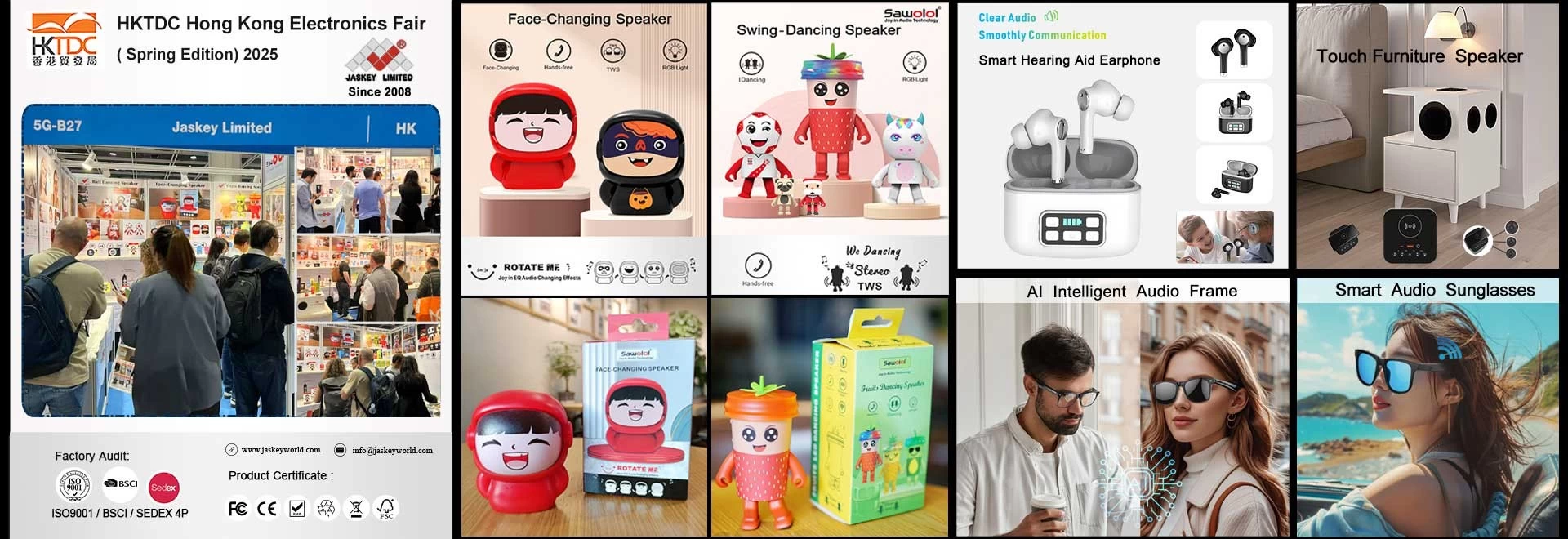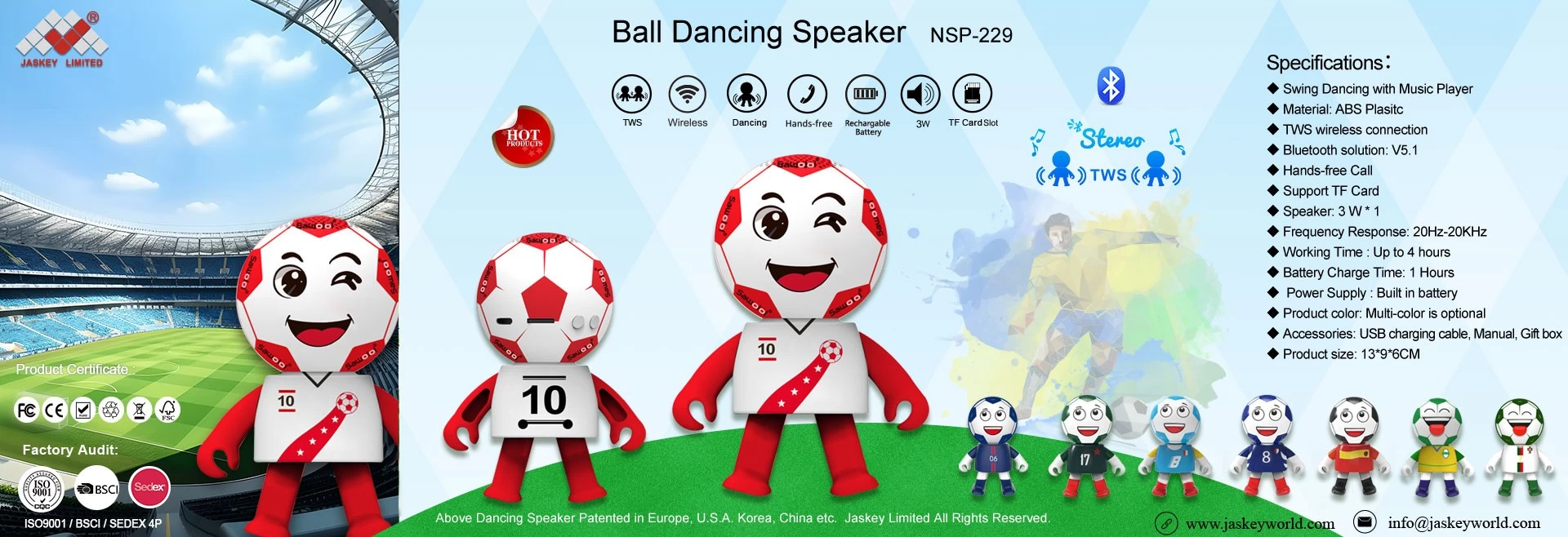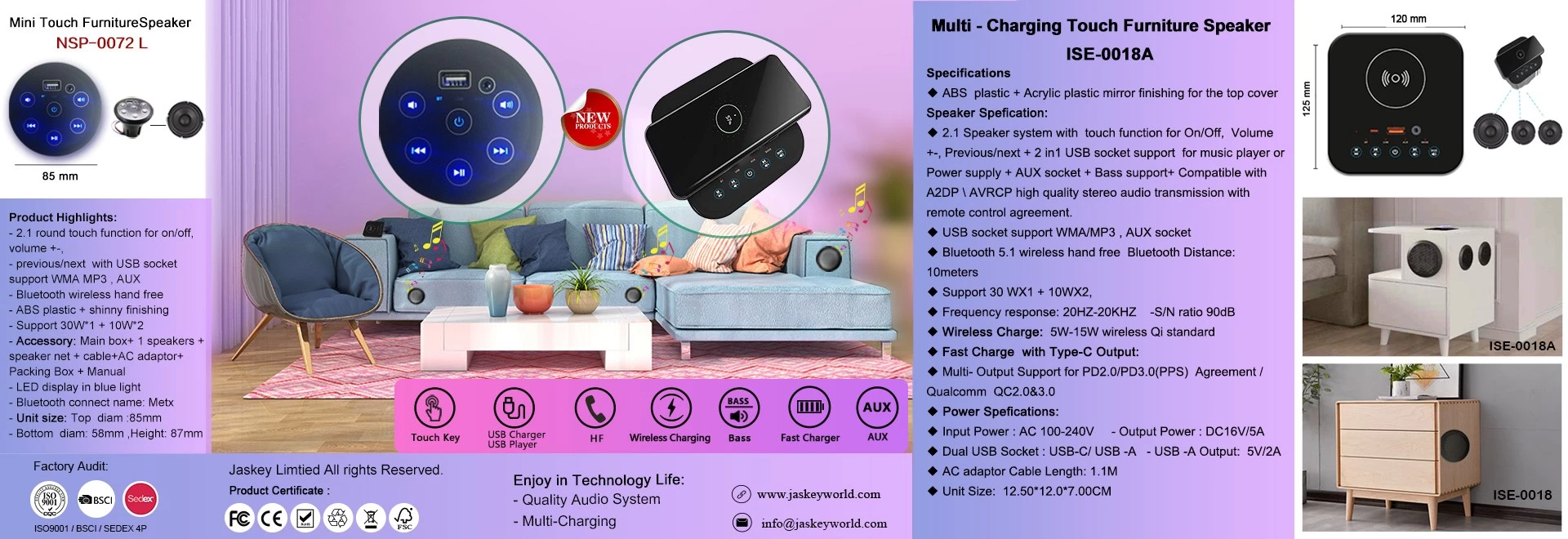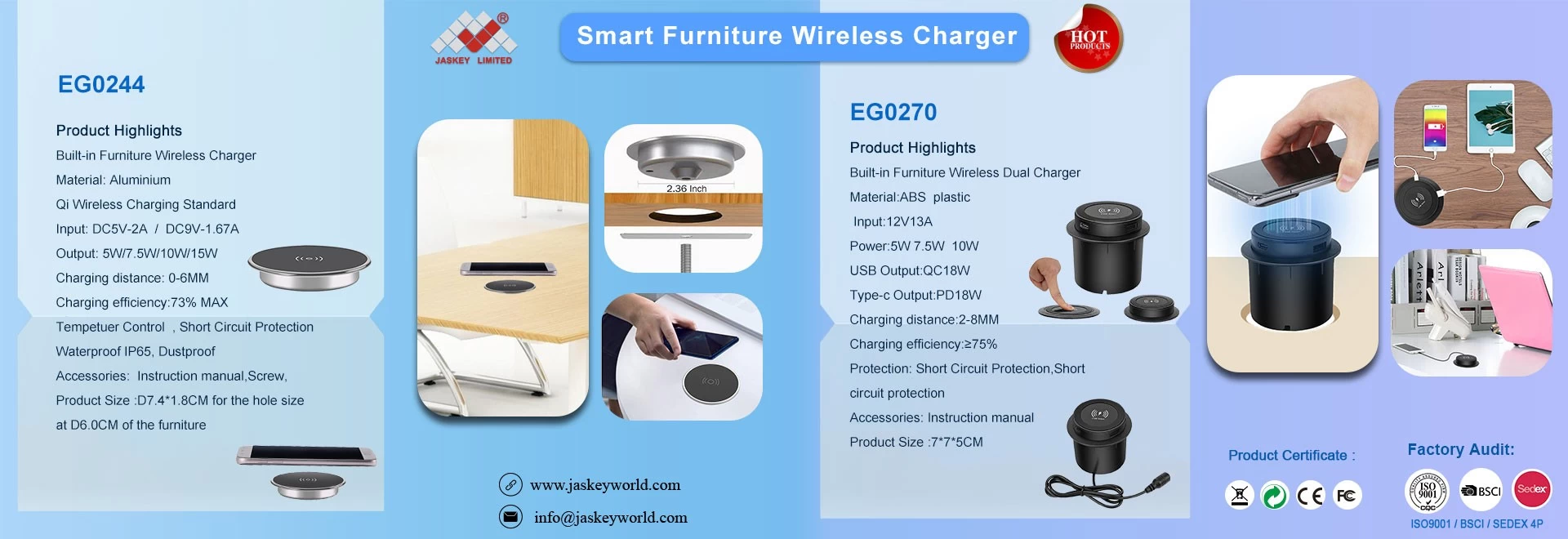Speaker manufacturers share the debugging methods of professional audio systems (1)
The debugging method of professional custom speaker system:
1. Connect the power amplifier and speakers to the system, turn on the power of the devices one by one, after they work stably, connect to the phase meter, and at a lower volume, check whether the phase of all custom speakers is correct.
2. Connect the noise generator and equalizer to the system, prepare the spectrum analyzer, and set the spectrum analyzer in the corresponding place in accordance with the national requirements for sound reinforcement quality testing in relevant halls. Then amplify the pink noise signal at a moderate volume, finely adjust each frequency point of the equalizer within the audio range of 20-20kHz, and make the room frequency response curve displayed by the spectrum analyzer under the premise of maintaining the same volume. Basically straight at each test point, and record the position of each frequency point of the equalizer. Similarly, at a low volume and rated volume, adjust the equalizer and record it. Finally, the recorded frequency points of the equalizer are compromised accordingly, and then the higher level of the spectrum analyzer is used. After testing, the frequency position of the equalizer can be determined after proper correction. Note that when debugging the equalizer, the frequency equalization point of the mixer must be at 0, and other peripheral processing equipment must be in the bypass state. In addition, taking into account the listening habits of ordinary people, you can properly attenuate the signal above 10k with the equalizer.
3. Connect the electronic frequency divider to the system to debug the frequency divider. For a frequency divider that is only used as a bass custom speaker, you can let the bass system work alone after the equalizer debugging is over, set the crossover point of the frequency divider at 150-300Hz, and adjust the gain of the bass signal appropriately. The volume is suitable, and then try listening with the full-range system to balance the bass and full-range volume; for the crossover as a full-range system, be sure to refer to the crossover point recommended by the speaker manufacturer as much as possible to set, and then repeatedly adjust each frequency band The gain of the signal, until the hearing is more balanced, then refer to the following sound pressure level test to further fine-tune the gain.











